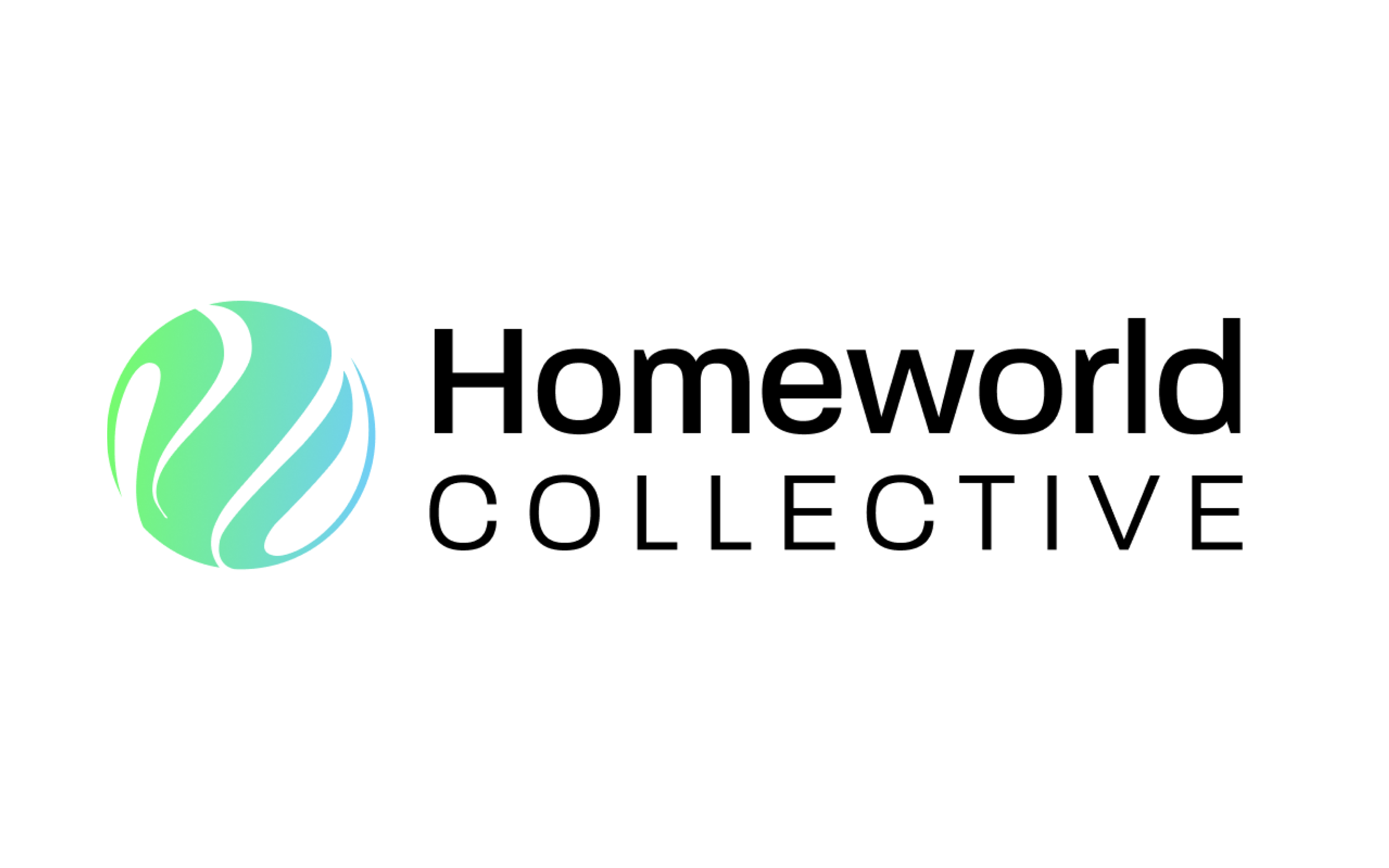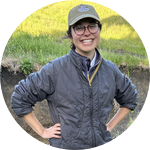Negative Emissions Technology
Categories

Addressing climate change requires more than just reducing emissions. We need to find a way to remove excess carbon dioxide at scale. We want to help kickstart new questions around how to improve those technologies and measure their effectiveness.
Science Leads: Merritt Dailey and Paul Reginato
The Projects
Browse the participating projects
Identification and optimization of silica- and silicate-degrading enzymes for atmospheric CO2 removal
Rock weathering is a process whereby atmospheric CO2 reacts with silicate minerals, promoting formation...
Investigating sage ecosystems as hotspots for atmospheric methane removal
Soil bacteria remove ~30 Mt of methane/year from the atmosphere, but this rate varies strongly with land...
Can we improve carbon capture in cyanobacteria with directed evolution?
Cyanobacteria are photosynthetic bacteria that convert CO₂ into oxygen using light. They are abundant in...
Testing Additive Profiles for Organic Carbon Capture
To stop the negative effects of climate change we need carbon capture technology to be developed and deployed...
Low-Cost, Open-Source Carbon Capture and Utilization System
The WatAIR prototype to be developed/improved is a low-cost closed loop solution for removing CO2 from ambient...
More About This Challenge
The sciency details
Challenge Aims
The nascent fields of Negative Emissions Technologies (NET), like Direct Air Capture (DAC) and enhanced weathering, have emerged to accelerate the reduction of atmospheric CO2. Scientists, engineers, and entrepreneurs are racing to the challenge. New investment funds and advanced market commitments are helping to grow the field.
We've launched this fund to provide small, fast grants to new questions in the field, whether they relate to a new technology approach or an advanced measurement technique. This mechanism is designed to quickly support these questions at the earliest stages, before the need to commit to becoming a startup or larger research program. We want to remove any barrier to experimentation and learning.
We have $50,000 that we're going to contribute to projects here on Experiment — a small and fast grant program to get new ideas off the ground quickly. We will contribute up to $10,000 per project. The funds will be distributed on a first-come, first-serve basis. The sooner you fill out a project application the better (use the "start a project" link below). Bold ideas and questions are encouraged to apply.
Note: The NET grant funds cannot be awarded to for-profit companies. Projects must go towards a research or public-benefit use.
Part of the Footprint Coalition Science Engine









 Challenge Grants
Challenge Grants